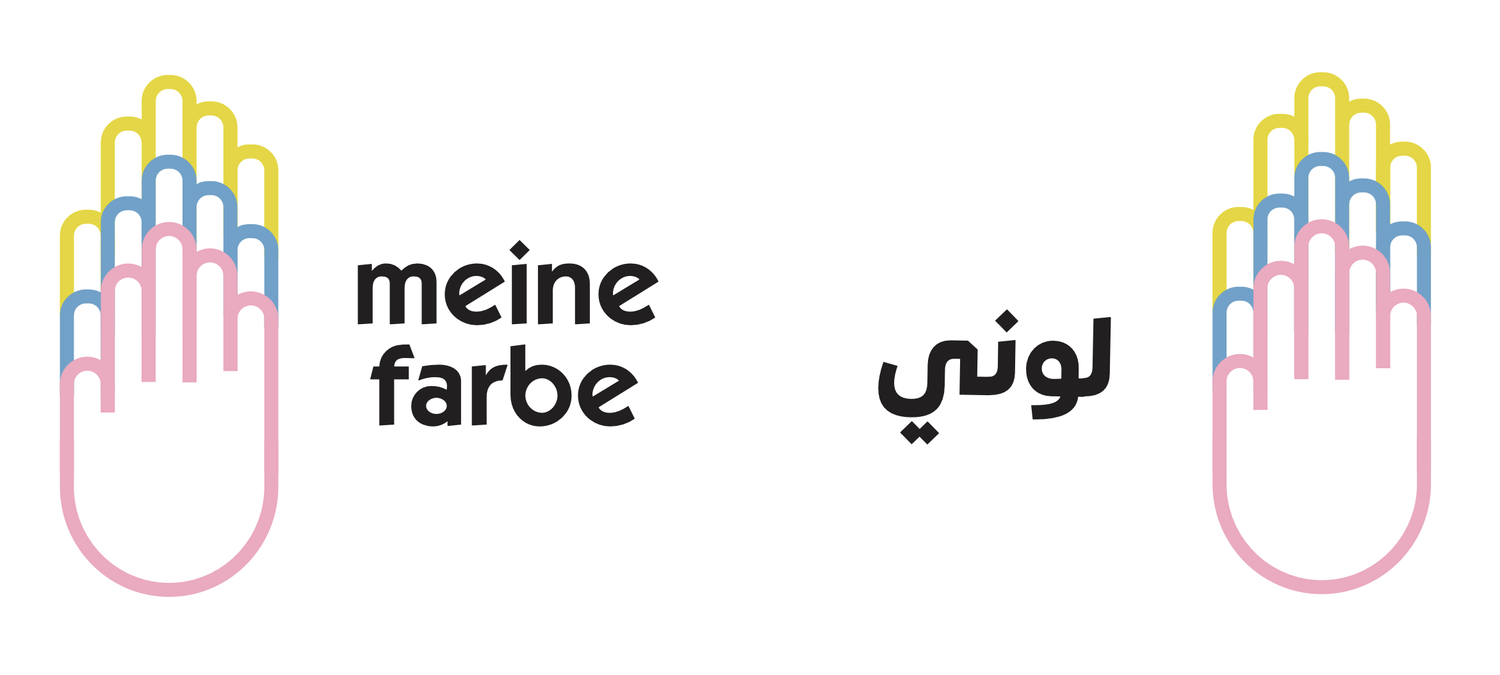Refugee Communities in India
As per the statistics made available by the United Nations High Commissioner for Refugees (UNHCR), as of 2020, India is home to an estimated 195,403 refugees. Historically speaking, India has been quite welcoming towards refugees. Modern day India, however, has been criticized for being strategically exclusionary towards certain communities seeking refuge in the country. In this post, we will look at some communities in India with interesting histories and backgrounds.
The Parsi Community
Ancestors of the Parsi community migrated to India from Persia somewhere between the 12th and 16th centuries. The Parsis practice Zoroastrianism and were fleeing religious persecution. Today, the Parsi community is known for being highly prosperous and charitable, assimilated into mainstream Indian society and yet, true to its own unique customs and traditions. Freddie Mercury (born Farrokh Bulsara), lead vocalist of the rock band Queen, was perhaps the most well-known Parsi worldwide.
Refugees created due to the Partition of India
The 1947 Partition of India was the division of British India into two newly-formed nations; India and Pakistan. It is estimated that approximately 14 million people migrated from one nation to the other, resulting in massive refugee crises for both countries. Even today, due to religious persecution, Hindus in Pakistan continue to seek refuge in India.
The Tibetan Community
Another example of a more recent refugee community in India is the Tibetan community. After the 1959 Tibet Uprising, the 14th Dalai Lama left Tibet for India and was followed by approximately 80,000 Tibetan refugees. Since then, housing settlements, special schools, scholarships and healthcare schemes were set up for Tibetan refugees. The Central Tibetan Administration is located in the state of Himachal Pradesh and is known as the Tibetan Government-in-Exile.
Sri Lankan Tamil Community
Sri Lankan Tamils are Tamil persons of Sri Lankan origin. The Sri Lankan Civil War, which started in 1983, created an influx of refugees to India. The southern states of Tamil Nadu, Kerala and Karnataka are home to most Sri Lankan Tamils in present day India. While camps were set up to house the refugees, their future still remains uncertain. As per the UNHCR, between 2002 and 2020, 17,718 refugees were repatriated. Many are still waiting to be granted Indian citizenship, so they can fully assimilate into local society and take advantage of economic resources.
As can be seen from the above examples, the history of refugee communities in India has been quite religion-centric. More recently, social and political tensions have been high in the country due to ambiguous or seemingly exclusionary government policies towards refugees. In the next post, we will look at the domestic refugee policy in India (or lack thereof), understand why it is being criticised as exclusionary and discuss the role civil society, non-governmental organisations and UNHCR play in supporting and caring for refugees in modern day India.
- Shubham Kshirsagar
